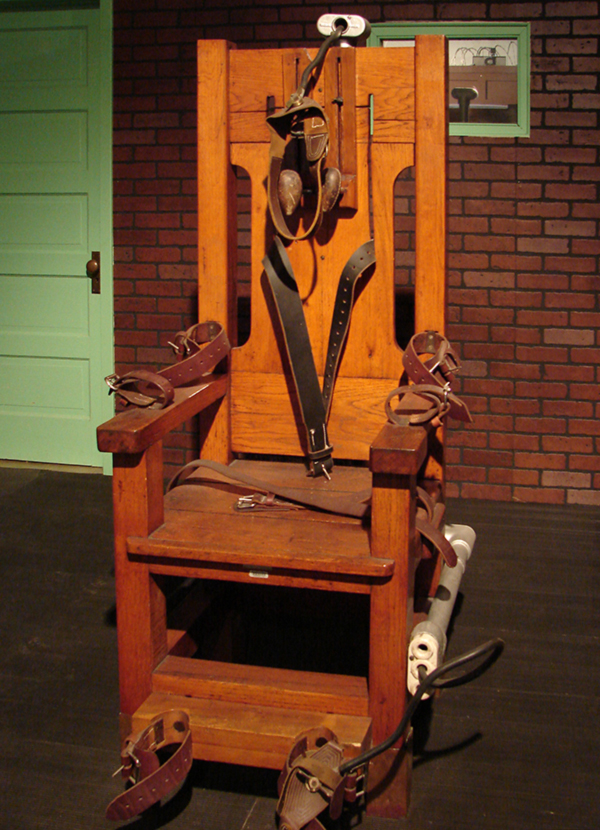- Joined
- 28 Feb 2013
- Messages
- 23
- Reaction score
- 6
- Country

Hi folks, I'm new here.
I've built a big piece of (free standing) wooden furniture, and want to include some lights and maybe a socket/outlet.
Is there any reason I should not use mains wiring accessories and wall boxes for this? I would probably use metal backboxes and chisel them into thicker bits of wood (so that the wall box is completely inside the wood, not sticking out the back)
I would then wire it all up with flex and bring it back to a standard 13A plug
are there any rules/regulations/standards for this kind of thing?
I could buy an exsisting trailing socket or extension cable, but I think this would be tidier.
Tom
I've built a big piece of (free standing) wooden furniture, and want to include some lights and maybe a socket/outlet.
Is there any reason I should not use mains wiring accessories and wall boxes for this? I would probably use metal backboxes and chisel them into thicker bits of wood (so that the wall box is completely inside the wood, not sticking out the back)
I would then wire it all up with flex and bring it back to a standard 13A plug
are there any rules/regulations/standards for this kind of thing?
I could buy an exsisting trailing socket or extension cable, but I think this would be tidier.
Tom

